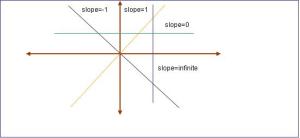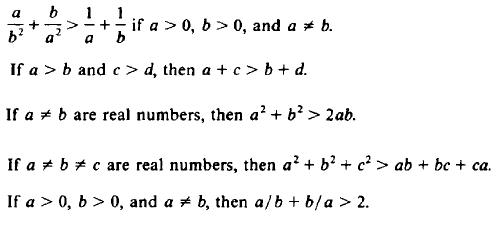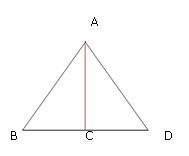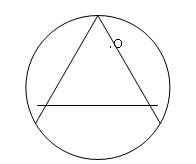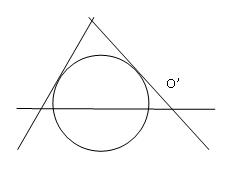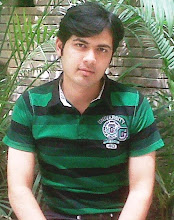
 On August 25, 2009 India and China have resumed the long stewing talks for the border dispute. India's side is being represented by National Security Adviser M.K. Narayanan. From China side, the negotiator is China's State Counselor Dai Bingguo. Here are some facts :
On August 25, 2009 India and China have resumed the long stewing talks for the border dispute. India's side is being represented by National Security Adviser M.K. Narayanan. From China side, the negotiator is China's State Counselor Dai Bingguo. Here are some facts : The dispute and background of Sino-India war 1962:
- The border which China and India share is a long stretch sectioned into three parts by Nepal and Bhutan which follows the Himalayan mountains between Myanmar & Pakistan.
- The Aksai chin area was the main issue behind the 1962 war. Aksai chin is at the western end of this border.
- In 1958, China had published a map showing the Aksai Chin plateau on the western stretch of the border as part of its territory. India had strongly protested this.
- Another disputed area is Arunanchal Pradesh which was earlier known as North East Frontier Agency.
- The Indo-China war in 1962 broke out because India objected to occupation of uninhabited Aksai Chin by China.
- India said China occupied 38,000 square km (15,000 square miles) of territory in Aksai Chin. Aksai chin was considered as a strategic link between the Chinese-administered territories of Tibet and Xinjiang.
The War
- China attacked on India in June 1962 and was able to advance beyond actual line of control because of its strategic position and thus capture Rezang la in Chushul in western theatre and Tawang in eastern theatre and further.
- Chinese troops overran Indian military positions in Aksai Chin and Arunachal Pradesh before a ceasefire.
- China withdrew to pre-war positions behind the McMahon line dividing the two countries along Arunachal Pradesh. The ceasefire line became known as the Line of Actual Control (LAC).
- The war ended when the Chinese secured the disputed area and unilaterally declared a ceasefire on 20 November 1962, which went into effect at midnight.
- India had requested for United States air support but did not receive it for 2 days.
- Meanwhile China had given the ceasefire announcement on 19 November,1962 & the aircraft carrier from United States was ordered back after the ceasefire and thus American intervention on India's side in the war was avoided.
What Was China's Advantage?
- The Aksai Chin region is a vast desert of salt flats around 5,000 meters above sea level, and Arunachal Pradesh is extremely mountainous with a number of peaks exceeding 7000 meters.
- According to military doctrine, to be successful an attacker generally requires a 3:1 ratio of numerical superiority over the defender; in mountain warfare this ratio should be considerably higher as the terrain favors defense.
- China was able to take advantage of this as the Chinese Army had possession of the highest ridges in the regions. The high altitude and freezing conditions also caused logistical and welfare difficulties.
- Many of 3128 soldiers of India were killed because of not the wounds but the freezing cold.
 The Border Problem as of Today:
The Border Problem as of Today:Both India & China still claim vast parts of each other's territory along the 3,500 km Himalayan border. The Indo China border was never demarcated as the Britishers saw little need to demarcate such a remote area.
What Is India's Claim?
India says Beijing is illegally holding 5,180 sq km of northern Kashmir ceded to it by Pakistan in 1963. India is also concerned about the modernization of Chinese Army and China's military aid to Pakistan.
What Is China's Claim?
China lays claim to 90,000 sq km of land on the eastern sector of the border in Arunachal Pradesh.
What Lesson India Learnt From The War ?
We learned from the war was that we need to strengthen our own defenses. There was a need to shift from Nehru's foreign policy of Hindi Chini Bhai Bhai as we could never anticipate the Chinese aggression. The folly of Jawahar Lal Nehru brutally exposed our weakness and our tacit alliance with the U.S. against China.
An investigation was commissioned by Indian Government which resulted in the Henderson-Brooks-Bhagat Report. This report blamed the High altitudes for India's defeat along with doctrine, training, organization and equipment.
Further Progress:In 1993 and 1996, India and China signed the Sino-Indian Bilateral Peace and Tranquility Accords, an agreement to maintain peace and tranquility along the Line of Actual Control (LoAC). Several meetings of Sino-Indian Joint Working Group (SIJWG) and some of an expert group have taken place to determine where the LoAC lies, however there is little progress till now.
- On 6 July 2006, Silk Road passing through this territory was reopened which is a milestone in the bilateral relationships.
- Chinese Premier Wen Jiabao and Indian Prime Minister Manmohan Singh signed an agreement on the "guiding principles" to resolve the dispute in 2005.
- China had formally abandoned its claim to the Himalayan state of Sikkim.Source:Wikipedia.
Read more...












